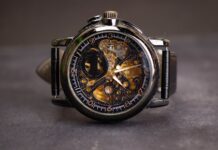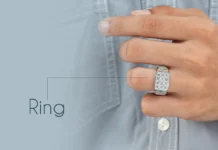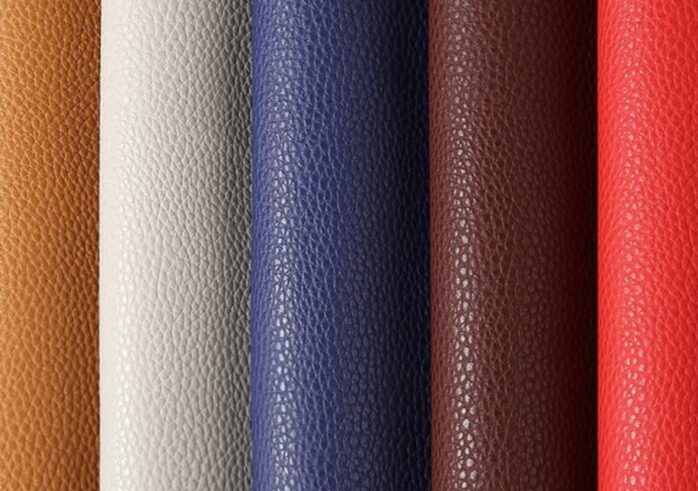
Naugahyde is a well-known synthetic material that has gained popularity for its durability, versatility, and affordability. It is widely used in various industries, including furniture upholstery, automotive interiors, and fashion accessories. In this blog post, we will delve into the composition and manufacturing process of Naugahyde, and its properties, and explore its environmental impact. Let’s unravel the secrets behind this fascinating material!
History and Background
The history of Naugahyde dates back to the early 20th century when the demand for an alternative to genuine leather grew. The name “Naugahyde” itself is a portmanteau of “nauga” and “hyde.” However, it is essential to clarify that Naugahyde is not made from any specific animal hide, despite the name’s implication. It is a purely synthetic material, created to mimic the appearance and texture of leather without the ethical concerns associated with animal products.
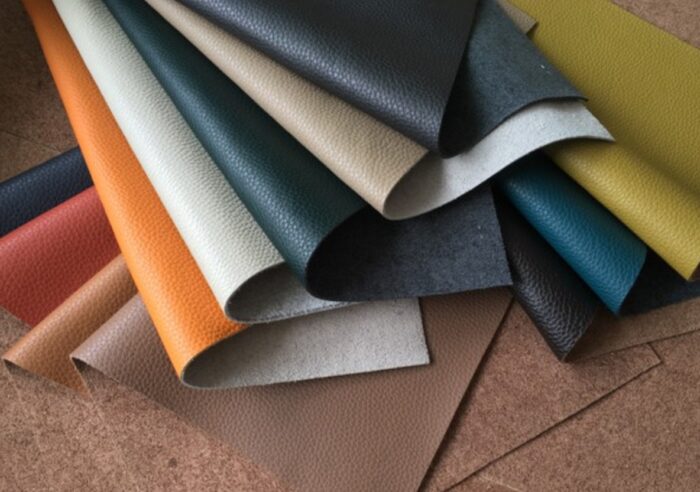
Composition and Manufacturing Process
The choice of fabric base, whether polyester or cotton, depends on the desired properties of the final product. Polyester, known for its strength and resistance to wrinkling, is often favored when durability is a top priority. On the other hand, cotton offers a more breathable and natural feel, making it suitable for applications where comfort is paramount.
The coating applied to the fabric base is responsible for Naugahyde’s leather-like appearance and texture. Typically, this coating is made of vinyl, specifically polyvinyl chloride (PVC). Vinyl is a highly versatile plastic material known for its durability, water resistance, and ease of cleaning. It provides Naugahyde with the characteristic attributes that make it a desirable alternative to genuine leather.
During the manufacturing process, the PVC coating is carefully applied to the fabric base using specialized machinery. This ensures that the coating is evenly distributed, resulting in a uniform and consistent finish. By utilizing advanced techniques, manufacturers can achieve the desired visual and tactile qualities, closely resembling genuine leather, while maintaining the benefits of synthetic material.
The combination of a fabric base and a PVC coating not only enhances the aesthetic appeal of Naugahyde but also contributes to its durability and ease of maintenance. The fabric base adds strength and stability to the material, while the PVC coating provides a protective barrier against everyday wear and tear, stains, and moisture. This unique composition allows Naugahyde to withstand the demands of various applications, from high-traffic furniture upholstery to automotive interiors.
Furthermore, the use of vinyl as the coating material offers additional advantages. Vinyl is highly resistant to fading caused by exposure to sunlight, making this material suitable for both indoor and outdoor applications. It is also easy to clean, requiring only mild soap and water to remove dirt or stains. These features make Naugahyde a practical choice for busy households, commercial settings, and other environments where durability and cleanliness are essential.
Durability and Strength
One of the key advantages of this material is its exceptional durability and strength. The combination of the fabric base and the PVC coating creates a material that is resistant to abrasion, tearing and staining. Naugahyde is designed to withstand high levels of wear and tear, making it an ideal choice for applications that require long-lasting performance, such as furniture upholstery and automotive interiors.
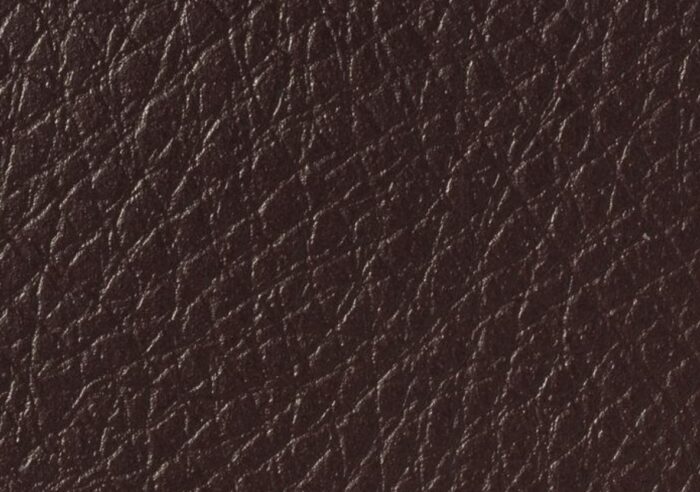
Appearance and Texture
The embossed patterns and textures, along with the color options available, allow Naugahyde to imitate the look and feel of different types of leather effectively. Whether you prefer the elegance of a smooth leather finish or the rugged charm of a distressed leather texture, Naugahyde offers a wide array of options to suit various design preferences.
Color Options and Dyeing Techniques
The versatility of Naugahyde extends to its extensive color palette. Through the dyeing process, the PVC coating can be infused with vibrant or subtle hues, providing endless possibilities for customization. Whether you’re aiming for bold and vibrant tones or classic and understated shades, Naugahyde offers a wide range of color options to suit any design scheme.
Environmental Considerations
While Naugahyde offers numerous benefits, it’s essential to consider its environmental impact. The primary concern lies in the use of PVC, a type of plastic derived from fossil fuels. PVC production involves the use of chemicals, including chlorine, which can have harmful environmental effects. However, it’s worth noting that advancements in manufacturing processes have led to the development of more sustainable options, such as PVC made using bio-based materials or recycled content.
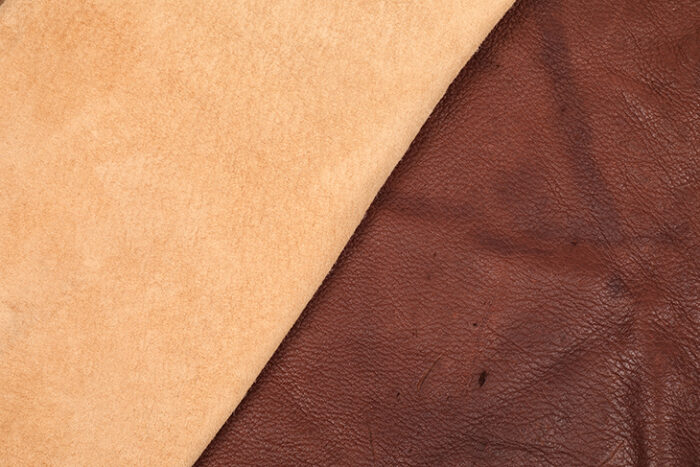
Common Uses and Applications
Naugahyde’s versatility makes it a popular choice across various industries. In furniture upholstery, it is often used in the manufacturing of sofas, chairs, and ottomans, providing a durable and easy-to-maintain alternative to genuine leather. In automotive interiors, this material is utilized for seat covers, door panels, and dashboard covers, offering excellent resistance to UV rays and everyday wear.
Additionally, it finds its place in fashion accessories such as bags, wallets, and belts, allowing for stylish and cruelty-free options. Its water resistance and ease of cleaning make it a practical choice for outdoor applications like boat seating or patio furniture cushions.
Care and Maintenance
Proper care and maintenance are crucial to ensure the longevity of Naugahyde products. Regular cleaning with mild soap and water is usually sufficient for day-to-day maintenance. Avoid using harsh chemicals or abrasive cleaners that may damage the PVC coating. Additionally, keeping Naugahyde products away from direct sunlight and extreme heat can help prevent fading or warping.
Advantages and Disadvantages
Naugahyde offers several advantages over genuine leather, including affordability, ease of cleaning, and resistance to stains and fading. It provides a cruelty-free alternative without compromising on the desired aesthetics. However, it’s essential to acknowledge that Naugahyde may lack the unique patina and natural aging process that genuine leather possesses. Some individuals also have a personal preference for the genuine feel and smell of real leather.
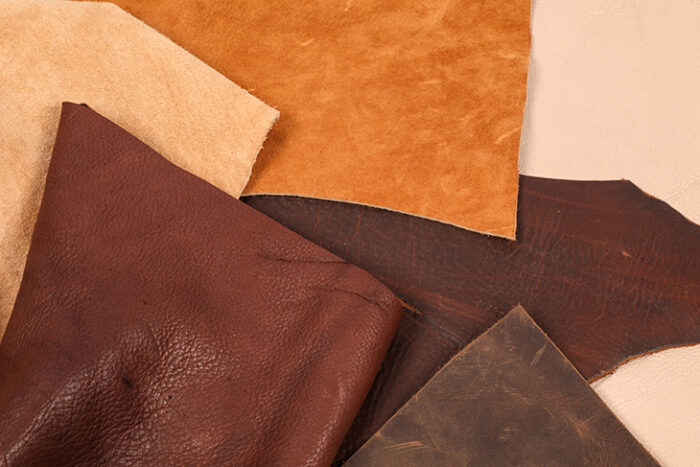
What are the alternatives?
If Naugahyde does not meet your specific requirements, several alternatives are worth exploring. Some options include other synthetic materials like polyurethane (PU) leather, which offers a similar look and feel to Naugahyde or natural alternatives like cork or plant-based leathers made from pineapple or mushroom fibers.
Conclusion
Naugahyde is an innovative and versatile fabric that has been used for a variety of applications. It is made from a combination of nylon, rayon, cotton, and other synthetic fabrics which make it sturdy yet soft to the touch. In addition to its durability, this material also offers stain resistance and easy cleaning capabilities. Whether you are looking for upholstery material or something else entirely, Naugahyde can provide you with an attractive solution that is sure to stand up to the test of time.




